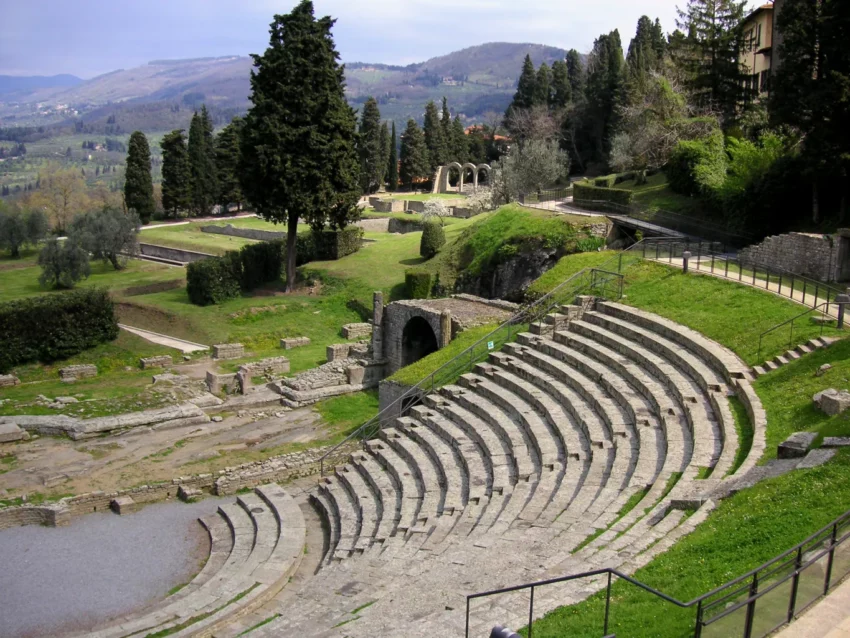Fiesole is a historic town located in the Tuscany region of Italy, known for its ancient roots and rich cultural heritage. Perched on a hilltop, it offers stunning views of the surrounding countryside and the city of Florence. Fiesole’s history stretches back to antiquity, having been an important Etruscan settlement before becoming a Roman town. Over the centuries, it has witnessed numerous historical events and has accumulated a wealth of archaeological sites, monuments, and artistic treasures that attract scholars and tourists alike.
Get your dose of History via Email
Historical Background of Fiesole
The discovery of Fiesole dates back to the Etruscans, who established one of their important cities here. Archaeological findings suggest that the area was inhabited since the 9th century BC. The Romans later conquered it in the 3rd century BC, renaming it Faesulae. They left behind a legacy of architectural and urban planning, including a theater, baths, and a temple. Throughout the Middle Ages, Fiesole was a contested site due to its strategic location. It was the scene of battles and sieges, particularly during the struggles between Florence and its rivals.
The town’s discovery in the modern sense relates to the archaeological excavations that began in the 18th and 19th centuries. These excavations unearthed the impressive remains of its ancient past. The person credited with initiating the systematic study of Fiesole’s Etruscan and Roman remains is the Italian archaeologist Costantino Nigra. His work brought to light the rich history of the site and its significance in the broader context of Italian history.
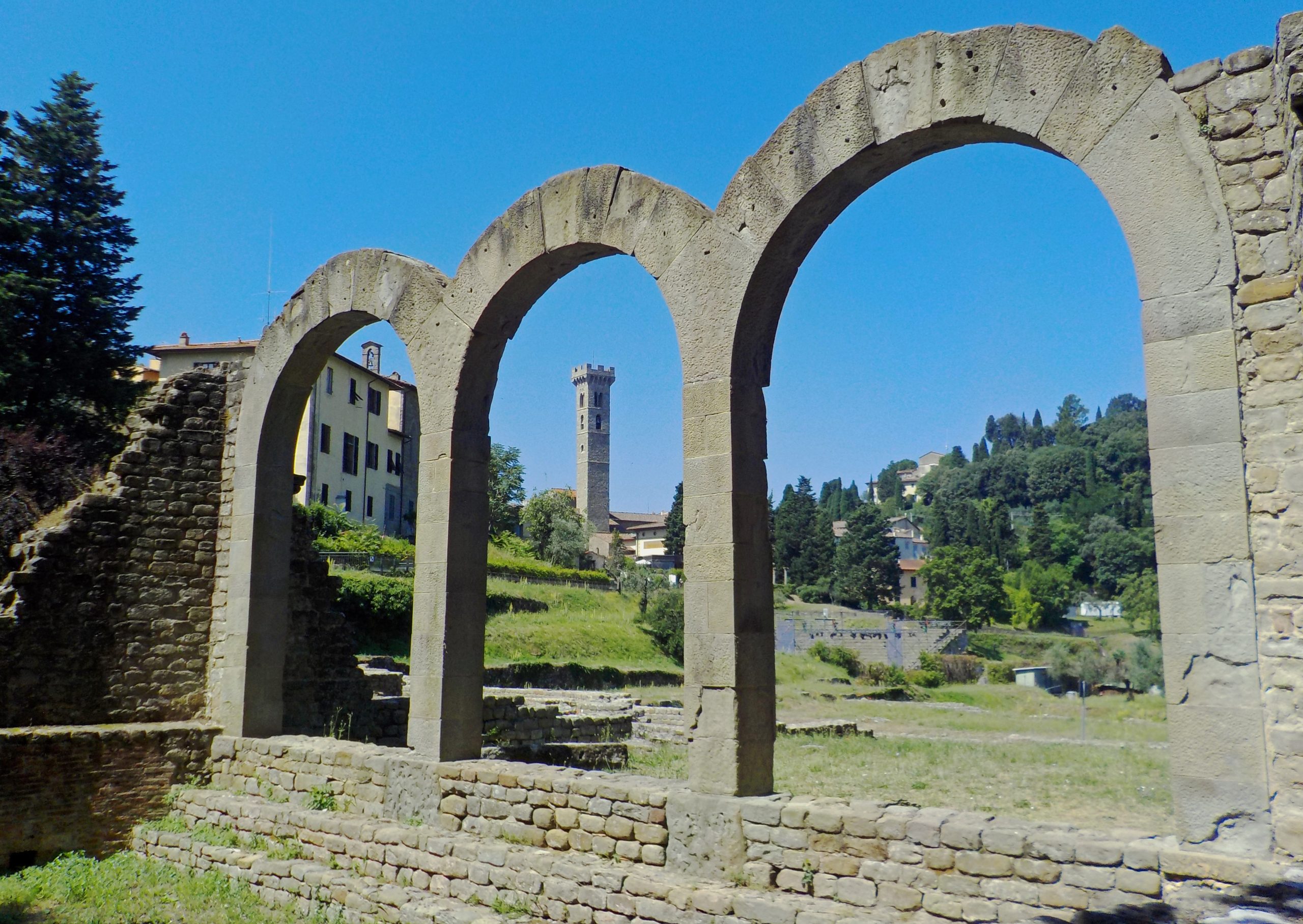
The Etruscans built Fiesole, and their influence is evident in the town’s layout and the remnants of their civilization. After the Roman conquest, the town became a typical Roman settlement, complete with a forum, a theater, and other public buildings. The Romans also constructed a series of aqueducts and roads, integrating Fiesole into their expansive network of cities.
In the centuries that followed, Fiesole saw various inhabitants, including Lombards and Franks. During the Renaissance, it became a hub of artistic and intellectual activity. The Medici family, who ruled Florence, built luxurious villas in Fiesole, making it a retreat for the wealthy and powerful. These villas are still standing today, showcasing the opulence of the period.
Historically important events include the Battle of Fiesole (406 AD), where the Goths defeated the Roman forces. In the 12th century, Fiesole was an independent commune before being absorbed by the expanding power of Florence. The town’s history is a tapestry of cultural and political shifts, reflecting the broader changes in Italian and European history.
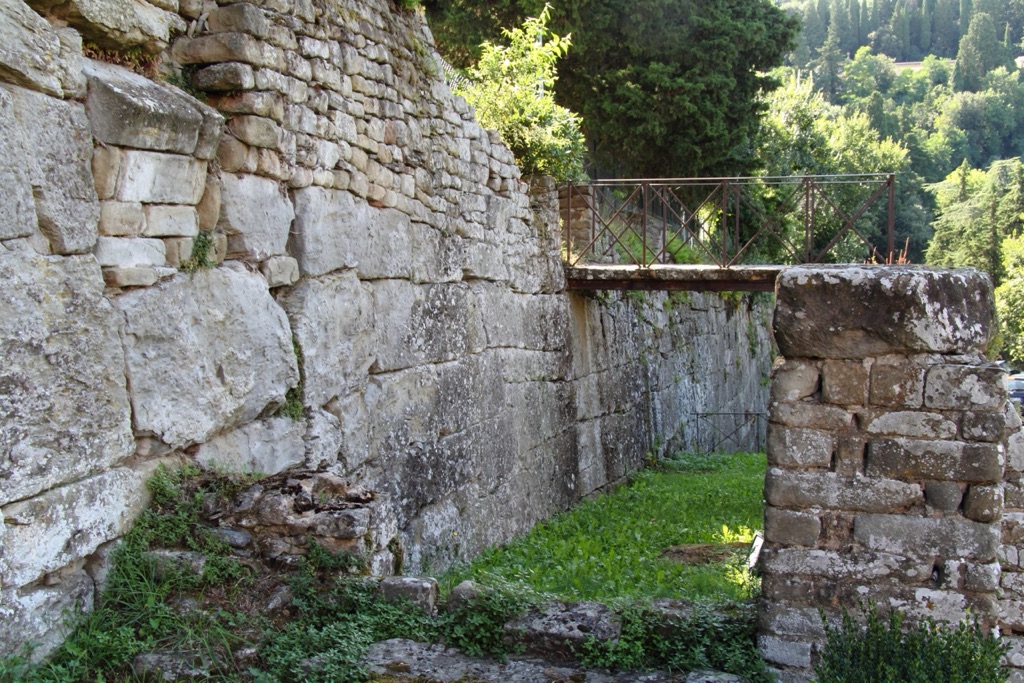
About Fiesole
Fiesole’s rich history is mirrored in its architecture and archaeological sites. The town’s most prominent feature is the Roman Theatre, which dates back to the 1st century BC. This well-preserved structure is still used for performances today, creating a direct link to the town’s ancient past. The Etruscan walls, another significant feature, outline the early boundaries of the city and demonstrate the Etruscans’ skill in stonework.
The Fiesole Cathedral, also known as the Cathedral of Saint Romulus, is a notable religious structure that dates back to the 11th century. It has undergone several renovations over the centuries, blending various architectural styles. The Bandini Museum, adjacent to the cathedral, houses a collection of art and artifacts that span from Etruscan to Renaissance times, offering a window into the town’s artistic heritage.
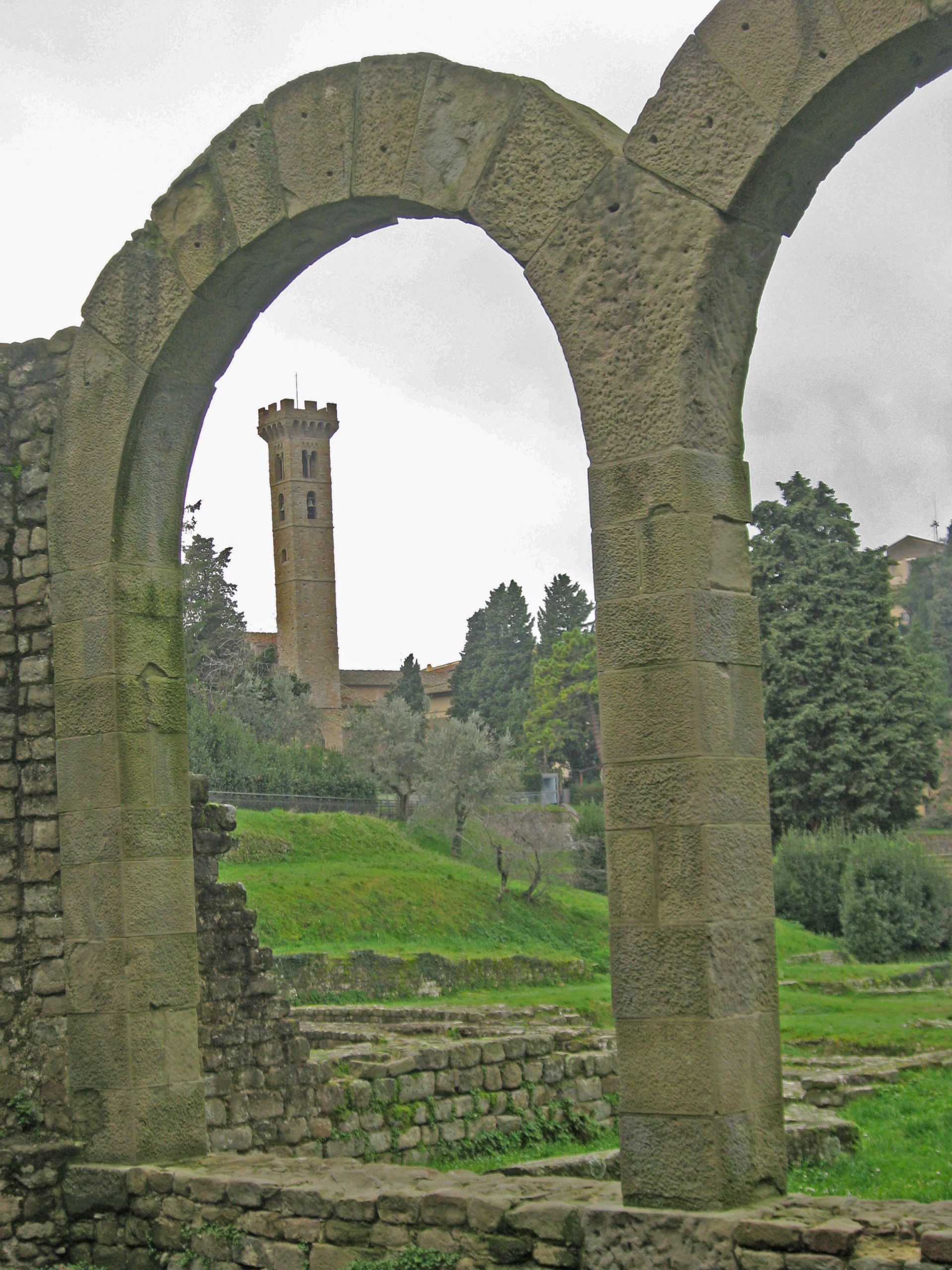
The archaeological area of Fiesole includes not only the Roman Theatre but also the remains of Roman baths and an Etruscan temple. The materials used in these constructions vary, with local stone being predominant. The Roman baths showcase the advanced engineering skills of the Romans, with their complex heating systems and water management.
The town’s layout reflects its historical development, with medieval streets winding around the hill and opening up to panoramic squares. The villas built during the Renaissance period, such as Villa Medici and Villa Le Balze, are prime examples of the period’s architectural and landscape design. They feature gardens that blend harmoniously with the natural surroundings, offering a serene escape from the bustle of Florence.
Fiesole’s architectural highlights are a testament to the various cultures that have left their mark on the town. From the Etruscan walls to the Roman theatre and the Renaissance villas, the town is a living museum of historical architecture. The use of local materials and the adaptation to the hilltop terrain are consistent themes in Fiesole’s construction methods.
Theories and Interpretations
The purpose and significance of Fiesole’s ancient sites have been the subject of various theories and interpretations. The Etruscan walls, for instance, are thought to have served not only defensive purposes but also as a statement of power and wealth. The Roman theatre’s continued use suggests a deep appreciation for cultural and artistic activities that has persisted through the ages.
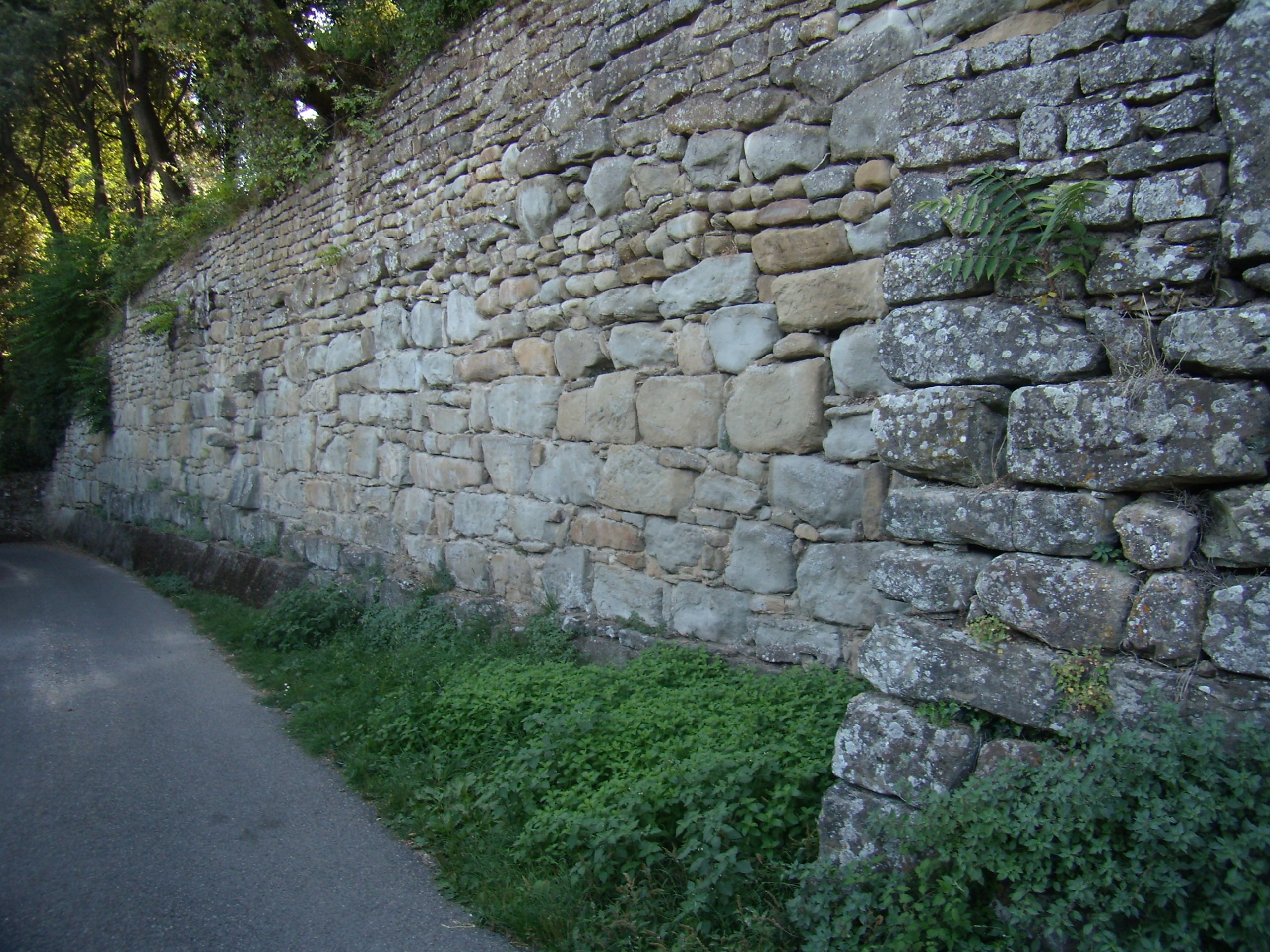
Some mysteries surround Fiesole, such as the exact religious practices that took place at the Etruscan temple. While historical records provide some insight, much of what occurred there is left to interpretation based on the archaeological evidence. The presence of certain artifacts has led to theories about the nature of the rituals and the deities worshipped.
Dating of the sites in Fiesole has been carried out using various methods, including stratigraphy and radiocarbon dating. These techniques have helped establish a timeline for the town’s development and the construction of its key features. The results have generally confirmed the historical accounts of Fiesole’s Etruscan and Roman origins.
Interpretations of Fiesole’s role in the region have evolved over time. Initially seen as a military stronghold, it is now recognized as an important cultural and religious center. The town’s strategic location overlooking the Arno valley suggests it played a significant role in trade and communication networks.
Theories about Fiesole’s decline after the Roman era point to the rise of nearby Florence and the shifting political landscape. However, the town’s revival during the Renaissance as a center of humanist thought and artistic expression has led to a reevaluation of its historical importance, highlighting its resilience and adaptability.
At a glance
Country: Italy
Civilization: Etruscan and Roman
Age: Etruscan period (9th century BC), Roman period (3rd century BC), Middle Ages, Renaissance
Conclusion and Sources
The information in this article has been obtained from the following reputable sources:
– Wikipedia: https://en.wikipedia.org/wiki/Fiesole

